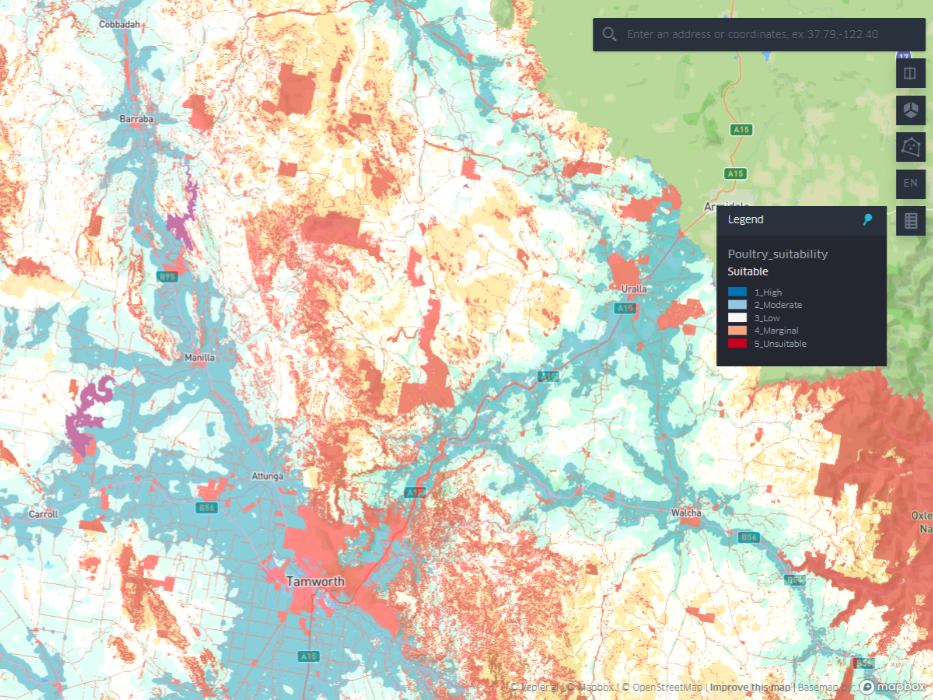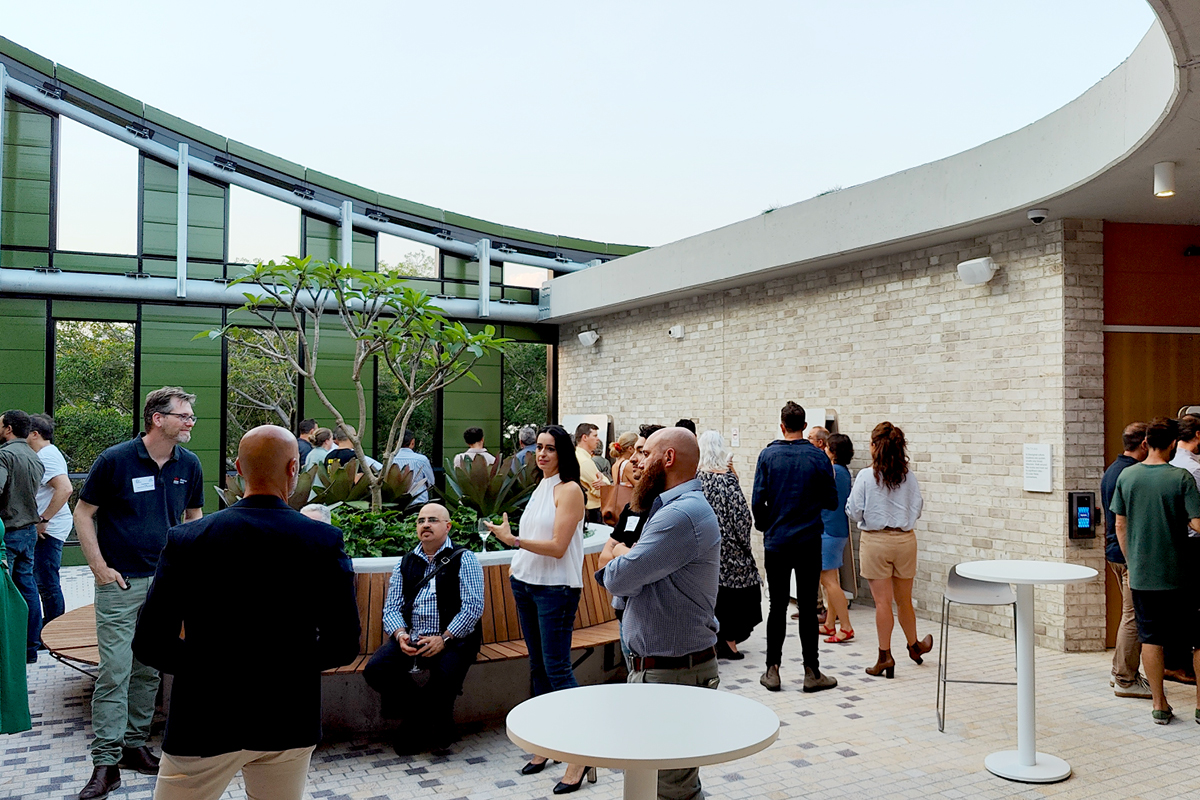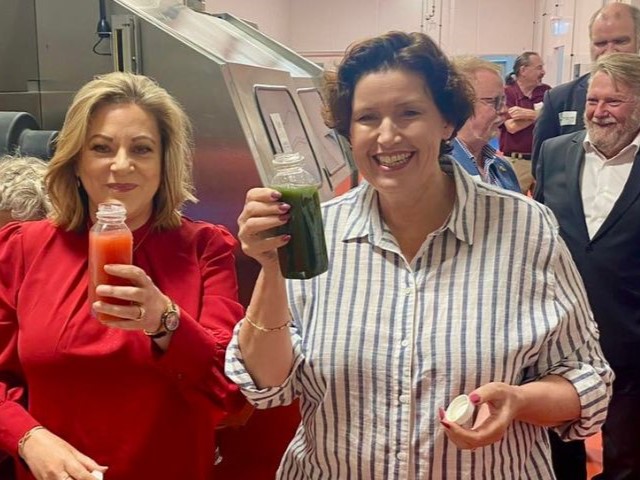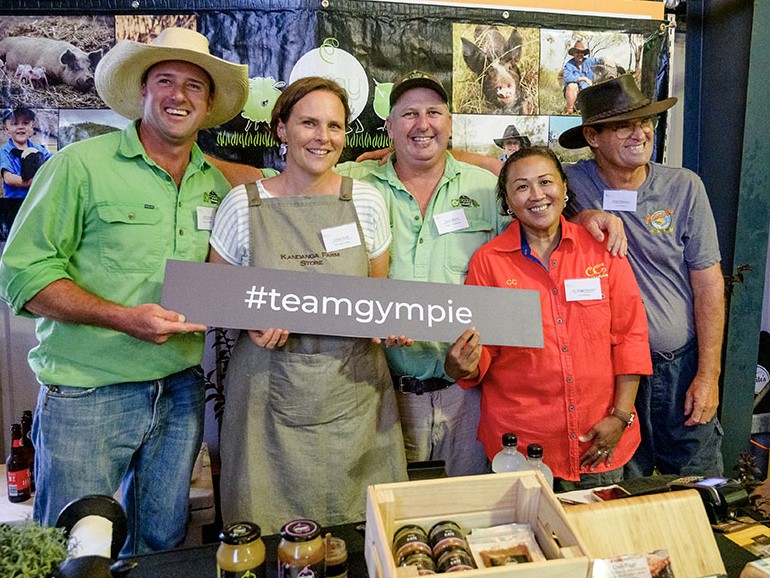Several east-coast collaborations pair AI, mapping and design thinking experts at Future Food Systems (FFS) partner research institutions, University of NSW Sydney (UNSW) and Queensland University of Technology (QUT), with LGA partners in regions known for food production: Liverpool in Western Sydney; Coffs Harbour on the NSW mid-north coast; the Namoi region of north-western NSW; and Queensland’s Sunshine Coast region.

Map detailing land use in NSW’s Namoi region. Credit Hoon Han, UNSW City Futures Research Centre
Developing planning tools for future agrifood-related infrastructure in NSW’s Namoi region
In the ‘Namoi agribusiness planning’ project, four regional councils in NSW’s agriculturally rich Namoi region partnered with UNSW-based AI and mapping experts to develop a multi-criteria decision-making tool that Councils in the regions can use to ascertain suitable sites for particular types of agrifood business. The resulting tool will help government decide on the best locations for future infrastructure and agrifood-related development.
In a follow-up ‘Freight transport modelling’ project, data collected in the first project is being used to estimate future freight transport needs in the Namoi. The project will help Namoi Group of Councils plan road and rail infrastructure and regulate transport movements in the region to ensure that local food producers can get their livestock and farm produce to saleyards, abattoirs, processing facilities and markets via the fastest, most efficient routes.

Pictured: Attendees participating in a waste utilisation activity at the launch event
Scoping agrifood innovation system stakeholders in Coffs Harbour
In the ‘Coffs agrifood innovation ecosystem’ project completed in mid-2022, a QUT-based research team canvassed the region’s agrifood innovation ecosystem for City of Coffs Harbour, ascertaining the connections (or lack thereof) among its key players. The findings of this collaboration led to a second project that launched in October and held its first two member workshops in January and March 2024.
The ‘Coffs Agrifood Living Lab’ or ‘CALL’ project, will establish a digital portal and interactive workshops to guide members of the region’s agrifood innovation ecosystem in working together to co-design the concept for a potential Coffs Harbour agrifood innovation precinct; collaborate on value-adding innovations; and build the existing ‘Coffs Coast Harvest’ brand, laying the foundations for a successful agrifood industry cluster in Coffs.

The Hon. Jackie Jarvis, R, WA Minister for Agriculture, drinks to the health of the just-launched Sustainable Innovative Food Technologies (SIFT) facility at FIPWA in Peel. Image courtesy of Murdoch University Media
Establishing a food innovation and manufacturing hub in Peel, WA
Meanwhile, in Western Australia, FFS’s multi-year, $13.6m flagship ‘Sustainable Innovative Food Technologies (SIFT)’ project with the WA Government Department of Primary Industries & Regional Development (DPIRD), Murdoch University and Shire of Murray is also looking to encourage value-adding innovations, including new product development and food and beverage manufacturing/processing.
R&D, product testing, and manufacturing activities will be conducted within the new, state-of-the-art SIFT Centre, part of the Food Innovation Precinct Western Australia (FIPWA).

Some members of the Food & Agribusiness Network’s Gympie division. Image courtesy of FAN
Furthering multi-helix cluster development on Queensland’s Sunshine Coast
In June 2023, FFS partnered with thriving Sunshine Coast cluster the Food & Agribusiness Network (FAN) to foster collaborations between FAN members and research teams, initially at partner university QUT. An exciting cluster-development project involving FAN and QUT, designed to explore the Sunshine Coast-Noosa agrifood ecosystem, will commence in 2024.
Cluster relationships and initiatives Australia-wide
FFS also maintains ties with established agrifood clusters in Gippsland, Victoria and in Canberra, ACT, via coordinating bodies Food & Fibre Gippsland (F&FG) and Regional Development Australia’s ACT and Southern Highlands divisions. Other FFS-backed cluster projects and initiatives are in the pipeline.
Further reading
For tips on establishing and maintaining successful agrifood clusters, click here; and read our Q&As with Australian agrifood cluster experts:
- FFS CEO and former FIAL Innovation Manager Dr James Krahe
- Food & Agribusiness Network (FAN) CEO Nicole McNaughton.
Lead image: FFS is supporting the development of multi-helix agrifood clusters across Australia. Credit: Shutterstock


